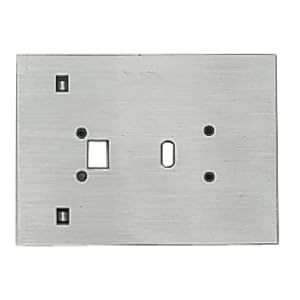Beginning Woodworking Projects For Your Kids
Woodworking will be great fun for any children in the world and also can stimulate and encourage their own creativity. Some people might think that it is a difficult Job and the children will not be able to do it. However, it all depends upon what is being made. For example, most kids can do only some simple woodworking projects, which are of their capacity, while on the other hand, older children can make complex things. Thus, woodworking projects for kids are depends on their age groups.
Beginning Woodworking Projects For Your Kids
Beginning Woodworking Projects For Your Kids
Beginning Woodworking Projects For Your Kids
Beginning Woodworking Projects For Your Kids
The best thing to make the kids love in woodworking is to get some involveMent from their parents. Parents should encourage them to give some ideas and help the kids in deciding which project to choose. Kids normally will wish to make something big. This may be well out of their capacity. However, the project that is selected should be attractive enough to the kids and even then; it should be simple and practical for them, so they actually finish it.
The most common and popular woodworking projects for kids are small furniture toys like tables, chAirs, beds, Doll houses, tic-tac-toe, etc. Those projects will involve some creativity and the kids will like them the most.
The woodworking projects should not involve the use of the woodworking power tools like Jig Saw, Hand Drill or Router machine. The basic woodworking hand tools should be enough. Moreover cutting and other processing activities that may need strength and so the kids will not be able to do it by them self. Therefore, parents should guide and lend their hand to the kids during such activities.
The wood working projects for kids are the things that give kids a sense of pride, making something by their own hands. These things can be kept in their rooms or any part of the house as decorative pieces.
However, before doing the woodworking activities, parents should ensure that all safety related applied inside their workshop. This is to ensure that the kids can work safely without any accident. A basic knowledge on how to setup a workplace is also quite important.
Beginning Woodworking Projects For Your Kids